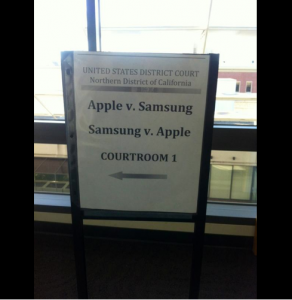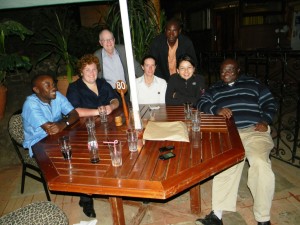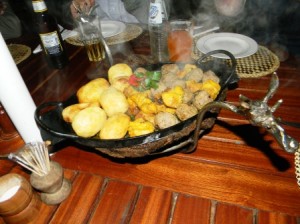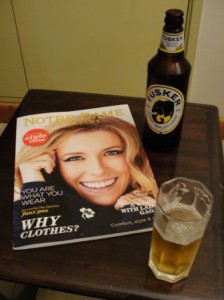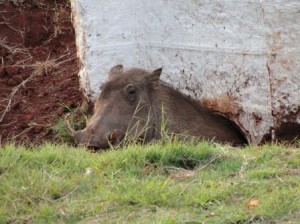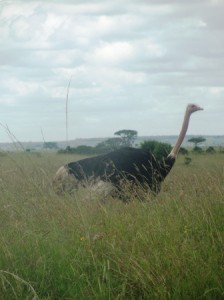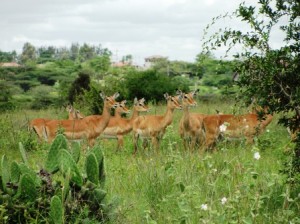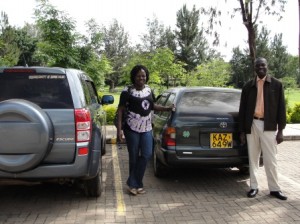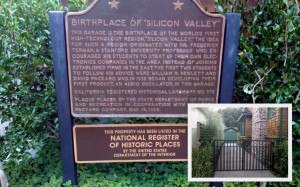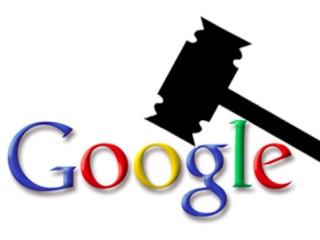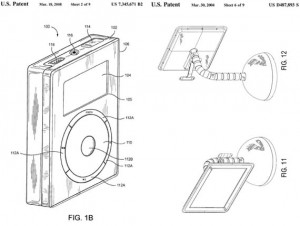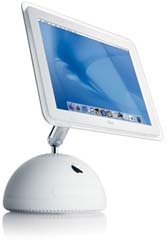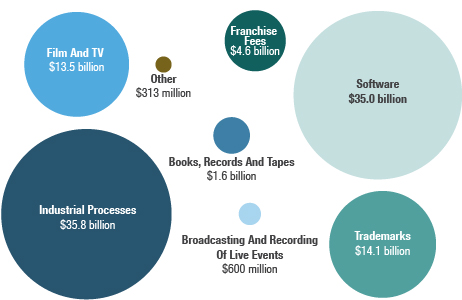Here’s a fun one: we report all the time on the steady stream of Silicon Valley legal imbroglios, but rarely does one get to be a fly on the wall of the courtroom. Here’s an insider look at the latest throwdown, Samsung vs. Apple, courtesy of selected tweets from the peanut gallery:
. Feisty start in patent case, Samsung lawyer clashes with Judge Koh over evidence it wants to submit. “We need to move fwd” says Koh sternly
. John Quinn, Samsung lawyer: “Your honor, I’ve been practicing law for 36 years and I’ve never begged the court. I’m begging the court now.”
. Samsung atty Charles Quinn trying to get judge to rehear an issue, and she just blasts him..”I want you to sit down, please!”
. Judge Koh threatens to sanction Samsung lawyer John Quinn in a heated exchange over exhibits.
. 25 years covering courts, and haven’t seen big name law firm partner eviscerated in court like that….i think i see an intestine on the…
. Opening statements have started. Apple lawyer Harold J. McElhinny of law firm Morrison Foerster (which calls itself MoFo) is talking to jury
. Apple lawyer arguing that it is “hard to remember what phones looked” like before the iPhone launched in 2007
. How did Samsung get from its 2006 phones to its 2010 phones? Apple witnesses will say it’s all about iPhone introduction, Apple atty says.
. ”Less than 10 miles form this courthouse, that is what this team put together,” says Apple playing to the home advantage
And that’s just the first day… get the rest at Mashable.
